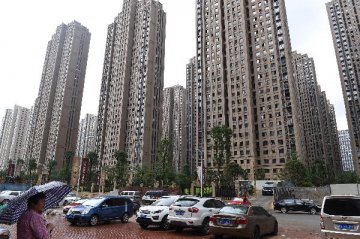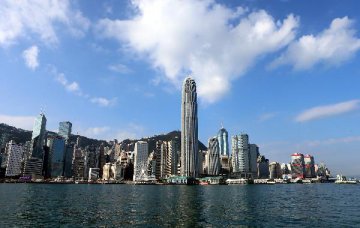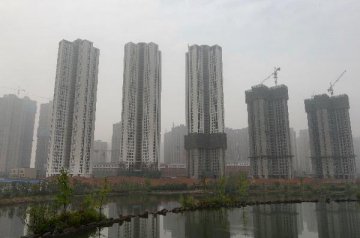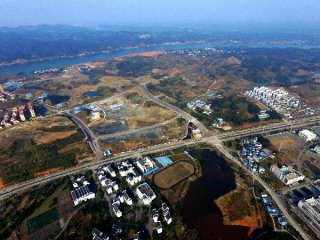
67 among 70 large and medium-sized cities across China saw increase in housing prices in August, but only Xiamen city suffered a slight decline of 0.1 percent from a month earlier, and housing prices in Nanjing and Beijing kept flat with last month. Analysts indicated that rapid house rise was seen in hot tier-2 and tier-3 cities. The measure of reducing housing inventories in tier-3 and tier-4 cities has come to an end. Those cities with housing prices climbing rapidly are likely to take measures to curb prices from hiking.
Among 70 large and medium-sized cities across the country, the number of these cities with prices of new houses moving up in August increased from 65 in July to 67, according to National Bureau of Statistics released on September 15.
According to estimation, price index for newly-built commercial buildings in the 70 cities hiked by 1.49 percent on average on a monthly basis and by 8.02 percent year on year in August, 0.28 percentage points and 1.41 percentage points higher than those in the previous month.
Year-on-year growth in area of home sales declined while sales revenues growth picked up, which indicated that home prices still continued to hike.
“Increase in turnover outpaced growth in area of home sales significantly. It is mainly because most cities have come to the ending stage of reducing housing inventories, which pushed up housing prices.” Zhang Dawei, analyst at Centaline Property, said that housing inventories across China has fallen to the lowest level over past 51 months, dropping for over four years consecutively. On the whole, the cycle of cutting housing inventories in China has ended.
Housing prices in third-tier cities led the gains. According to Liu Jianwei, senior statistician of the Urban Statistics Department of the National Bureau of Statistics, in August, the sales price of new commercial residential buildings in 35 third-tier cities rose by 2 percent from the previous month, and the growth rate was 0.5 percentage points higher than that of the previous month.
In the same period, the growth of house prices in 31 second-tier cities expanded by 0.2 percentage points from the previous month to 1.3 percent, and the growth of house prices in four first-tier cities expanded by 0.1 percentage points to 0.3 percent.
As for cities, among the 70 large and medium-sized cities, Wuxi, Xuzhou and Beihai saw fastest rise in the prices of new homes. In addition, Xi'an rose by 3 percent from the previous month. Qinhuangdao, Changde and other 12 cities rose by 2-3 percent.
“Currently, the price increase is concentrated in second and third tiers.” According to Yan Yuejin, research director of the think tank center of the Yiju Research Institute, cities that saw excessive housing prices may introduce various price control policies in the near future. Especially, there will soon be new measures in bank loan, real estate price filing.
It is worth noting that the statistics bureau disclosed the accumulated data for the first time. It can be seen from these data that the effect of the property market regulation policy has emerged this year.
Taking the price of new homes as an example, house prices in first-tier cities in January-August fell by 0.1 percent year-on-year, compared with 14.6 percent in the same period last year. That in second-tier cities rose by 6.2 percent year-on-year, down 5.3 percentage points over the same period of last year. That in third-tier cities rose by 7.0 percent year-on-year, down 1.2 percentage points from the same period last year.
Source: CFBOND, Translated by Coral Zhong























Latest comments